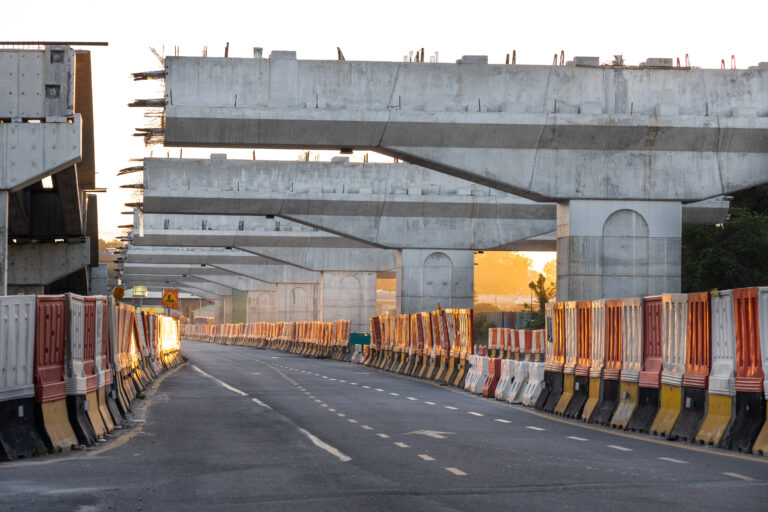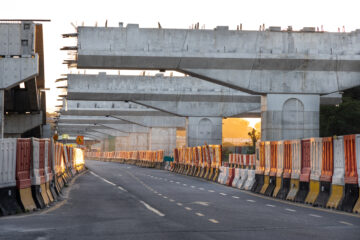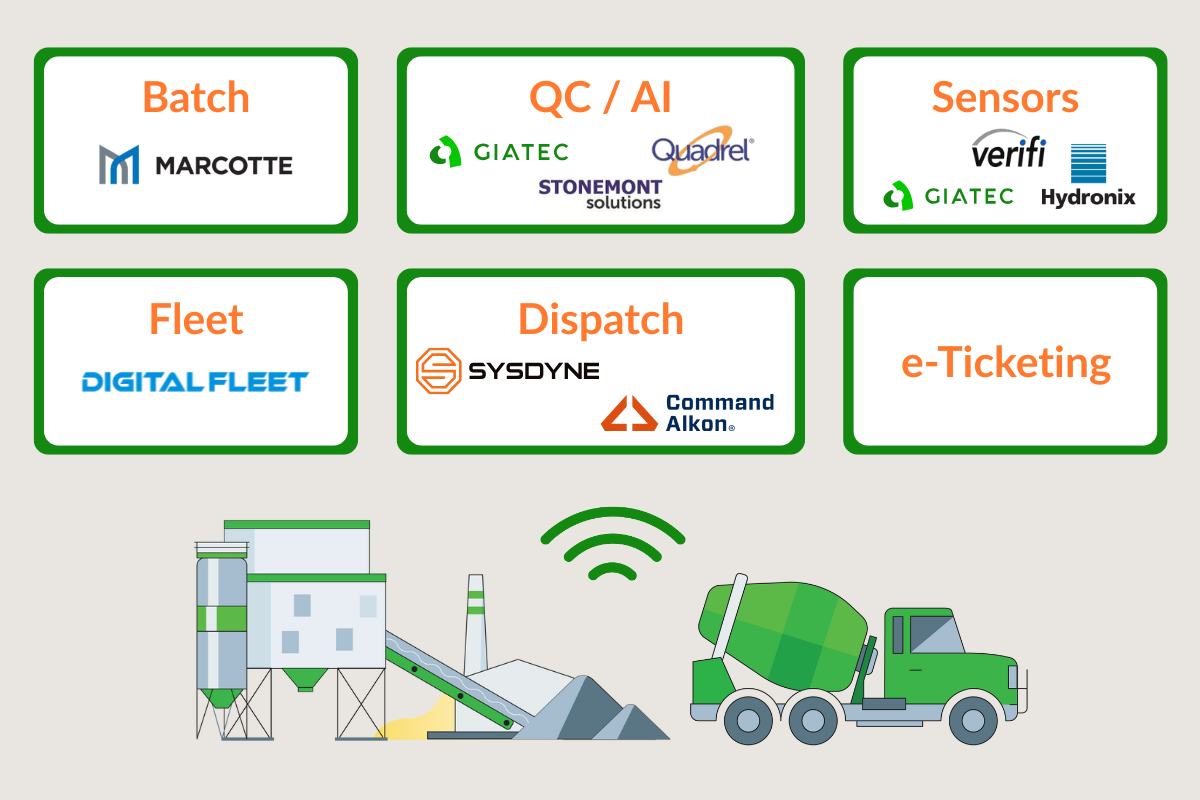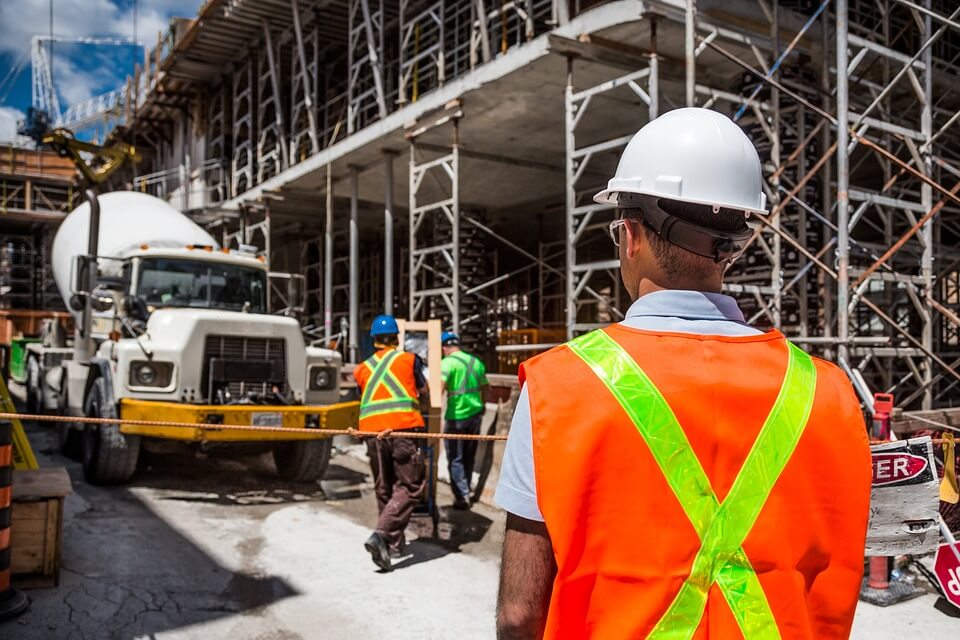Pre-pour meetings are essential in the construction process, particularly when dealing with complex structures such as post-tensioned slabs. These meetings ensure that all stakeholders are on the same page regarding the concrete schedule and potential challenges. And also for specific pour requirements Let’s learn in this blog why pre-pour meetings are crucial in construction.
Explore 12 Futuristic Technology Trends Solving Concrete's Biggest Challenges.
What Are Post-Tensioned Slabs?
Post-tensioning is a technique widely used for slab elements. It involves placing concrete structures under compression to counteract tensile stress caused by loads. Once the concrete reaches a specific initial compressive strength, but before any service loads are applied, steel cables (called tendons) are pulled tight using a hydraulic jack and then anchored to the concrete’s outer edges. This process maintains tension in the tendons throughout the structure’s lifespan, resulting in a stiffer, more resilient concrete slab that can better resist tensile forces.
Post-Tensioned vs. Conventional Slabs
Post-tensioned slabs and conventional slabs differ primarily in their reinforcement techniques and structural performance. The difference is that conventional concrete slabs use steel rebar embedded within the concrete to reinforce the structure and prevent cracking under load. However, this makes them less adaptable to tensile stress in comparison to post-tensioned slabs, which can limit their application in large spans or areas with heavy loads. In addition, post-tensioning is particularly useful in applications like bridges, parking structures, and high-rise buildings where reduced slab thickness and enhanced durability can offer both structural and economic advantages.
Coordination and Communication
Pre-pour meetings bring together project managers, contractors, engineers, and other key personnel to discuss the details of the concrete pour. This includes reviewing the concrete schedule to ensure all activities are aligned, and potential conflicts are resolved. Clear communication during these meetings helps prevent misunderstandings that could lead to delays or errors during the pour.
Quality Assurance of Post-Tensioned Slabs
One of the primary goals of pre-pour meetings is to ensure the quality of the concrete work. This includes discussing the mix design, placement techniques, and curing methods. By also collaborating with concrete testing labs, project teams can verify that the concrete meets all necessary specifications and standards. Concrete testing labs also play a fundamental role if the team uses concrete maturity. They support the calibration efforts and/or lead the efforts of sensor installation. This is especially important for post-tensioned slabs, which require precise control over the concrete’s properties to ensure structural integrity.
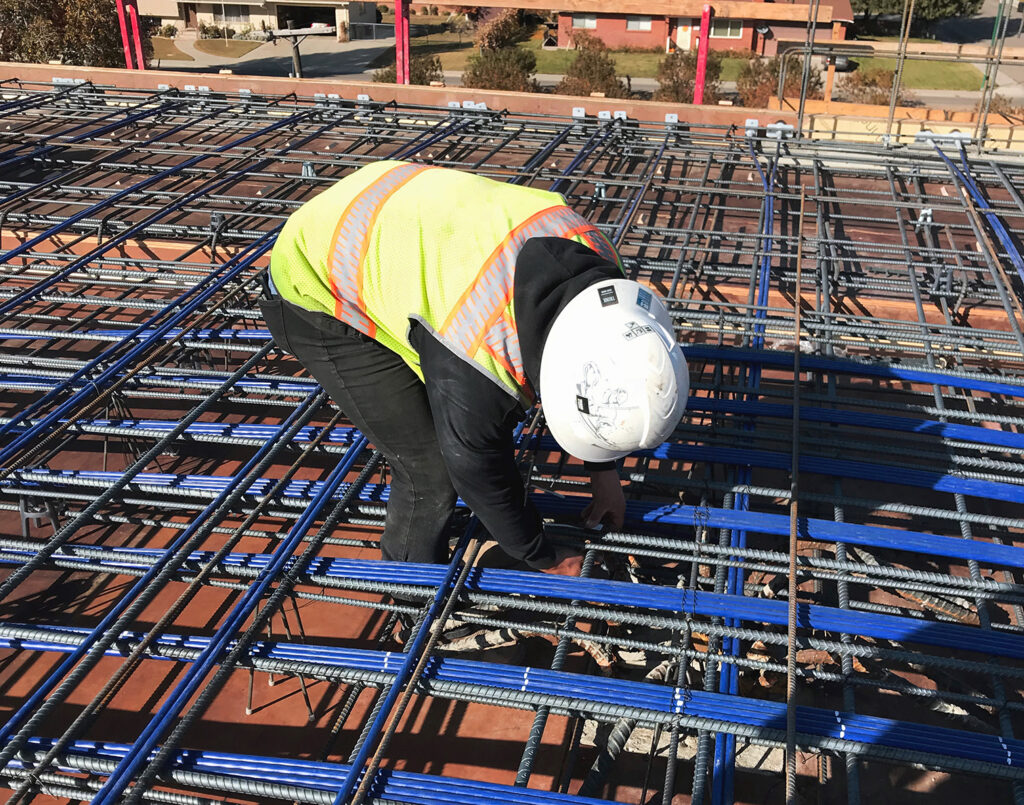
Risk Management
Identifying and mitigating risks is another critical aspect of pre-pour meetings. These meetings provide an opportunity to review the project’s risk management plan and address any potential issues that could impact the pour. This includes checking the readiness of equipment, ensuring proper site preparation, and verifying that all safety protocols are in place. It also allows alignment on the maturity sensor installation, such as quantities and location. For instance, in a post-tensioned slab, it is fundamental to install sensors closer to the anchorage location, mid-spam (highest bending moment), and at the last location where concrete was poured.
Compliance and Documentation
Ensuring compliance with local building codes and regulations is essential for any construction project. Pre-pour meetings allow the project team to review and document all necessary compliance requirements. This documentation is crucial for inspections and for maintaining a clear record of the project’s progress and adherence to standards. In such meetings, there should be an alignment of pre and post-pour inspections. Minimize risks and ensure quality concrete with our free pre-pour checklist!
Technical Review
Pre-pour meetings also serve as technical review sessions where engineers and specialists can discuss the specific technical requirements of the project. For post-tensioned slabs, this might include reviewing the placement of tendons, the sequence of tensioning, and the timing of concrete placement. Ensuring that everyone understands the technical details reduces the risk of errors during the pour and mitigates the potential of form collapse or blow-outs in post-tensioned slabs.
Conclusion
Pre-pour meetings are a vital component of successful concrete construction projects. They ensure that everyone involved is well-informed and prepared, leading to higher-quality outcomes, reduced risks, and efficient project execution. For projects involving post-tensioned slabs, it is key to adhere to the concrete schedule and collaborate with concrete testing labs, reinforcing their importance in the overall construction process. By prioritizing pre-pour meetings, construction teams can achieve better coordination, quality, and compliance, ultimately contributing to the success of the project.
This blog has been updated for clarity on October 31, 2024.

